27 Breathtaking Japanese Flowers for Your Tranquil Garden
Japanese flowers represent a breathtaking botanical symphony that captures the essence of natural elegance and tranquility.
The rich horticultural heritage of Japan showcases an extraordinary palette of blooms that reflect deep cultural significance and aesthetic sophistication.
Garden enthusiasts and nature lovers can discover an enchanting world of floral diversity that transcends mere visual beauty and connects deeply with philosophical and spiritual traditions.
These exquisite blossoms embody delicate characteristics that range from symbolic meanings to intricate growth patterns unique to the Japanese landscape.
Seasonal transformations play a crucial role in highlighting the stunning variations and delicate nuances of these remarkable botanical treasures.
The carefully cultivated flowers demonstrate remarkable adaptability to different environmental conditions while maintaining their distinctive charm and grace.
This comprehensive collection presents a mesmerizing array of twenty-seven Japanese flowers that promise to elevate any garden into a serene and captivating sanctuary.
Komakusa Bleeding Heart (Dicentra Peregrina)
Komakusa Bleeding Heart captures hearts with its unique horse-head-shaped blossoms, symbolizing deep emotional connections across garden landscapes.
Passionate gardeners adore this Japanese flower for its remarkable heart-like design that stands out among typical plant varieties.
Flourishing beautifully from April through June, the delicate bloom requires medium water and thrives in well-draining soil conditions.
Landscape designers appreciate its adaptability to growing zones 3 to 7, making it a versatile choice for diverse garden settings.
Sunlight preferences range from full exposure to partial shade, allowing flexibility in plant placement.
Botanical enthusiasts recognize its romantic symbolism of faithful love through its distinctive shape and charming presence.
Native to Japan, this extraordinary plant brings elegance and cultural significance to garden spaces.
Carefully tended specimens reward careful gardeners with extraordinary visual appeal and meaningful botanical storytelling.
Snowbell (Styrax Japonicus)
Snowbell trees create magical landscapes with white flower clusters that look like suspended snowballs during late spring and early summer.
Native to several regions, these botanical beauties reach impressive heights between 20 and 50 feet tall.
Their upward-pointing leaves perfectly frame delicate blossoms that emerge in May and June, capturing garden enthusiasts' attention.
Ideal growing conditions include acidic, well-draining soils and moderate water levels.
Zones 5 to 9 provide the most hospitable settings for these remarkable trees.
Landscape designers often select snowbell trees for their unique visual appeal and elegant structure.
Nature lovers marvel at how these trees transform outdoor spaces with their ethereal white flower displays.
Lily of the Valley Bush (Pieris Japonica Shojo)
Lily of the Valley Bush delights gardeners with its stunning pink blossoms that burst open in April, creating a breathtaking display of color.
Dark red flower buds emerge early in spring, building excitement for the upcoming floral show.
Sunlight preferences are flexible, with the bush flourishing equally well in full sun or partial shade.
Rich, mildly acidic soil provides the perfect foundation for robust growth.
Water requirements remain moderate, keeping maintenance simple and straightforward.
Evergreen leaves guarantee year-round visual interest, adding depth to garden landscapes.
Landscape designers appreciate its consistent performance and natural beauty throughout seasonal changes.
Camellia (Camellia Japonica April Dawn)
Japanese and East Asian Camellia charms gardeners with its delicate pink and white flowers blooming in April.
Cold climates welcome this resilient plant, which thrives in acidic, well-drained soil with moderate water needs.
Symbolizing steadfast love and good fortune, Camellias bring deeper meaning to outdoor spaces.
Landscape designers appreciate their artistic elegance and diverse color palette.
Partial shade helps these flowers reveal their most stunning characteristics.
Gardening enthusiasts recognize Camellias as a sophisticated addition to northern gardens.
Their unique petal patterns create visual interest across different landscape designs.
Natural beauty and cultural significance make Camellias a remarkable botanical treasure.
Japanese Flowering Cherry (Prunus Kanzan)
Japan's landscapes burst with enchanting cherry blossoms that paint landscapes in delicate pink hues.
Double flowers cascade from graceful branches, creating mesmerizing displays during April's peak bloom season.
Cherry trees flourish best in full sun environments with fertile, well-draining soil conditions.
Water requirements remain moderate, supporting healthy growth and vibrant floral displays.
Landscape designers appreciate their adaptability across growing zones 5 through 9.
These magnificent trees elevate outdoor spaces with their elegant silhouettes and romantic charm.
Nature lovers treasure cherry blossoms as living art that transforms gardens into magical sanctuaries.
Yabu Ran Lily Turf (Liriope Muscari Okina)
Yabu Ran Lily Turf brings magic to gardens with its enchanting purple spikes rising from lush green clumps during late summer.
White foliage gently transitions to deep green, creating visual drama that captures attention effortlessly.
Zones 5 to 10 welcome this adaptable plant, making landscape design simple for many gardeners.
Medium water needs and well-draining soil help this species thrive without demanding complex care.
Delicate flowers bloom from August to September, offering a subtle romantic touch to outdoor spaces.
Japanese origins hint at its elegant cultural background, adding intrigue to its botanical profile.
Symbolism blends playfulness and gentleness, making it more than just another garden plant.
Small details like its growth pattern and color shifts make Yabu Ran Lily Turf a quiet masterpiece in landscape design.
Sacred Lotus (Nelumbo Nucifera Pekinensis Rubra)
Sacred Lotus flowers bring magic to water gardens with delicate pink-tipped blooms that symbolize wisdom and truth throughout summer and fall.
Full sunlight helps Sacred Lotus grow strong and beautiful, creating peaceful waterscapes that calm your senses.
Mature plants develop distinctive papery brown seed pods perfect for stunning floral arrangements after their initial flowering season.
Landscape designers appreciate their natural ability to enhance outdoor spaces with unique botanical character.
Water features feel more serene and balanced with Sacred Lotus adding gentle beauty.
Native to Asian regions, these flowers represent timeless natural elegance.
Botanical enthusiasts celebrate their remarkable adaptability and graceful presence in garden environments.
Spider Lily (Lycoris Radiata)
Spider lilies bloom in crimson carpets across landscapes, creating breathtaking scenes during late summer.
Native to Japan, these remarkable flowers earned a poetic nickname meaning "flowers from heaven" for their extraordinary beauty.
Their vibrant red petals emerge from August through September, spreading dramatically across garden spaces.
Rich, well-draining organic soil helps these plants establish strong roots and produce spectacular displays.
Strategically placing spider lilies in straight lines or dense clusters maximizes their visual impact.
Medium water requirements make them relatively low-maintenance for landscaping enthusiasts.
Tama Kanzashi Hosta (Hosta Plantaginea var. Japonica)
Tama Kanzashi Hosta stands out as a garden gem with its captivating white flowers that reach five feet high.
Zones 3 to 9 provide the perfect home for this remarkable hosta variety.
Medium water levels keep it healthy and thriving in part to full shade conditions.
Well-draining soil offers ideal support for its robust growth.
Beginners will appreciate how easily this plant establishes itself in landscape designs.
White blossoms create a serene backdrop for surrounding greenery.
Nature lovers can enjoy its elegant presence without extensive gardening experience.
Ajisai Hydrangea (Hydrangea Macrophylla)
Ajisai Hydrangeas burst with magnificent blooms during summer months, showcasing incredible color-changing abilities based on soil pH levels.
Native to Japan, these flowers thrive in zones 5 through 11, offering widespread landscape potential.
Moderate sunlight conditions help them flourish gracefully in part to full shade environments.
Rich, well-draining soil provides ideal growing conditions for these stunning botanical treasures.
Hydrangeas symbolize deep emotional connections and personal satisfaction through their lush, abundant petals.
Water requirements remain moderate, supporting healthy growth without excessive maintenance.
Landscape designers appreciate their adaptability and dramatic visual impact across different garden settings.
Toad Lily (Tricyrtis Hirta Miyazaki)
Toad Lilies burst with magical charm in shadowy garden areas, boasting extraordinary spotted petals that dance like delicate sculptures.
Late summer gardens come alive with their spectacular colors when most flowers have already faded away.
Symbolic good luck accompanies these remarkable plants, making them more than just visual delights.
Woodland landscapes benefit from their elegant presence, especially when nestled near simpler green companions.
Moisture-rich environments help these distinctive flowers thrive with remarkable resilience.
Native to Asian mountainous regions, Toad Lilies create stunning textural moments in quiet garden spaces.
Botanical enthusiasts celebrate their unique character, which brings unexpected beauty to overlooked garden corners.
Murasaki Shikibu Japanese Beautyberry (Callicarpa Japonica)
Murasaki Shikibu Japanese Beautyberry stands out with its enchanting purple berries symbolizing love, loss, and elegant storytelling.
Cultural roots connect this plant to the famous Japanese literary work "The Tale of Genji," giving it profound meaning beyond typical garden selections.
Optimal conditions include well-draining soil and moderate water needs that support healthy growth.
Summer months between June and July showcase spectacular berry production, creating visual drama in landscape designs.
Delicate clusters emerge against green foliage, adding unexpected color and texture to garden spaces.
Native to East Asia, this plant brings subtle sophistication to residential and commercial landscaping environments.
Botanical enthusiasts value its resilience and aesthetic appeal as a unique ornamental selection.
Roundleaf Chastetree (Vitex Rotundifolia)
Roundleaf Chastetree stands out with striking purple flowers that instantly boost garden aesthetics in coastal landscapes.
Originating from Setonaikai National Park in Japan, this vine brings a beach-inspired charm to outdoor spaces.
Thriving in full sun, the vine blossoms beautifully during May, creating a vibrant display.
Moderate water requirements and a preference for loose, sandy soil help it flourish with minimal maintenance.
Plant experts recommend careful monitoring to prevent potential invasive spread in certain environments.
Its innocent symbolism adds an extra layer of intrigue to its visual appeal.
Nature lovers will find this coastal vine an exciting addition to their garden design.
Shirouma Asatsuki Chives (Allium Schoenoprasum)
Shirouma Asatsuki Chives burst with playful purple spheres, capturing garden lovers' hearts from April to May.
Native to Japan, these charming blooms resemble the majestic Japanese Alps, inspiring gardeners with their unique beauty.
Adaptable plants flourish in zones 4 to 8, offering landscape enthusiasts remarkable versatility for their green spaces.
Well-draining soil provides the perfect environment for these delightful flowers to thrive.
Medium water levels ensure their health and vibrancy throughout the growing season.
Their distinctive purple spheres create visual interest and add a touch of whimsy to any garden setting.
Japanese Wisteria (Wisteria Floribunda Multijuga)
Violet cascades of Japanese Wisteria create magical garden landscapes that capture attention instantly.
Spectacular blooming occurs in May, displaying delicate flowers hanging like elegant curtains across supportive structures.
Thriving best in full sunlight, these flowers demand well-drained, acidic soil conditions for optimal growth.
Careful maintenance through regular pruning ensures healthy plant development and sustained beauty.
Water requirements remain moderate, making this plant relatively easy to manage for intermediate gardeners.
Supporting structures like trellises or strong fences help wisteria vines spread gracefully across outdoor spaces.
Dedicated plant lovers who invest time in nurturing these magnificent flowers will enjoy breathtaking seasonal displays that transform garden environments.
Japanese Witch Hazel (Hamamelis Japonica Arborea)
Japanese witch hazel dazzles gardens with spectacular yellow streamers that pop from dormant winter landscapes between February and March.
Native to mountainous regions, this remarkable shrub reaches impressive heights of 16 feet and creates dramatic visual interest.
Resilient plants thrive in diverse conditions, preferring full sun or partial shade while adapting to various soil types from acidic to clay-based terrains.
Moderate water requirements make witch hazel an excellent choice for gardeners seeking low-maintenance beauty.
Growing zones 5 through 8 provide ideal settings for these remarkable plants to flourish.
Delicate petals unfurl like nature's celebration, signaling winter's eventual retreat.
Landscape designers appreciate its striking architectural form and seasonal drama.
Witch hazel brings natural elegance that transforms outdoor spaces with minimal effort.
Yamabuki Japanese Rose (Kerria Japonica Pleniflora)
Yamabuki Japanese Rose bursts with cheerful yellow pom-pom blooms that dance across gardens during springtime magic.
Mountain-born blossoms create stunning landscape displays from April to May across growing zones 4 through 9.
Delicate petals prefer part shade environments where sunlight gently caresses their golden surfaces.
Well-drained soil provides the perfect foundation for these charming flowers to flourish magnificently.
Water requirements remain moderate, ensuring healthy plant development without excessive moisture.
Fall brings dramatic color transformations as leaves shift to brilliant yellow tones.
Winter landscapes benefit from remaining green stems that add subtle elegance and visual interest to outdoor spaces.
Chrysanthemum (Chrysanthemum)
Chrysanthemums reign supreme in gardens, boasting intricate designs and rich hues that captivate plant lovers across the globe.
Japan claims these flowers as its national bloom, symbolizing deep meanings of renewal and eternal life.
Thriving in full sunlight, mums demand fertile soil with excellent drainage to showcase their spectacular petals.
Their versatility allows stunning displays when planted solo or in vibrant clusters.
Flower enthusiasts appreciate their resilience and ability to transform outdoor spaces with minimal effort.
Cultivating chrysanthemums rewards passionate gardeners with spectacular colors ranging from deep purples to bright yellows.
Landscape designers frequently select these flowers to create dramatic visual impacts that draw immediate attention.
Japanese Windflower (Anemone Hupehensis)
Pink cosmos flowers bring delightful charm to gardens with their floppy petals and round centers that bloom from summer through fall.
Moisture-rich soil helps cosmos flourish, especially when planted in groups that maximize their visual impact.
Well-draining soil packed with humus provides the perfect foundation for these resilient blooms.
Cool climate gardeners can protect their plants with winter mulching techniques that shield delicate roots from frost damage.
Beyond their visual appeal, cosmos carry symbolic meanings of constant motion and transition.
Their easy-care nature makes them a favorite for both novice and experienced gardeners seeking natural beauty.
Yuki-no-shita Strawberry Begonia (Saxifraga Stolonifera)
Delicate white blooms of Yuki-no-shita Strawberry Begonia float gracefully above rich green leaves, capturing garden lovers' hearts with its enchanting Japanese design.
Subtle elegance marks this groundcover's botanical character, where two long petals artfully frame smaller companions.
Shade-loving plants like these feel most comfortable in zones 6 to 9, spreading naturally during late spring and early summer months.
Moderate water requirements make this begonia simple to nurture in well-draining soil conditions.
Its name means "snow" in Japanese, reflecting the pristine white flower clusters.
Medium light exposure suits these plants perfectly in garden settings.
Botanical charm defines this remarkable groundcover's graceful presence.
Kinmokusei Fragrant Tea Olive (Osmanthus Fragrans f. Aurantiacus Orange Supreme)
Kinmokusei Fragrant Tea Olive captivates gardens with its magical apricot scent, symbolizing heritage and memory through delicate orange blossoms.
Thriving best in zones 8 to 11, it requires consistent moisture and tolerates clay soils with surprising ease.
Medium water needs make maintenance straightforward for both novice and experienced plant lovers.
Pruning techniques allow creative shaping into attractive shrubs or compact trees.
Spring brings a spectacular display when April arrives and flowers burst into full bloom.
Landscape designers appreciate its versatility and natural charm.
Sunlight and proper care encourage this remarkable plant to flourish beautifully throughout warm regions.
Kyushu Azalea (Rhododendron Kiusianum)
Kyushu Azalea dazzles with explosive colors that capture passionate moments in nature's delicate design.
Nagasaki and Kagoshima claim this flower as their official botanical symbol, celebrating its stunning visual impact.
Botanical enthusiasts appreciate its rich heritage as a parent to numerous azalea varieties worldwide.
May brings its most spectacular bloom, painting landscapes with vibrant pink and red hues.
Cultivating personal varieties allows plant lovers to experiment with this remarkable species.
Collectors cherish its symbolic representation of fleeting beauty and intense emotion.
Landscape designers recognize its potential to transform outdoor spaces with natural elegance.
Sword-Leaved Iris (Iris Ensata)
Sword-leaved Iris stands as a powerful symbol of triumph, rooted deeply in marshy landscapes where it conquers challenging terrain.
Its robust nature allows it to survive in acidic, waterlogged soils that would defeat other plants, demonstrating remarkable resilience.
Sunlight fuels its growth, though partial shade also supports its development without compromising vitality.
Purple and yellow blossoms burst forth during early summer months, typically from June through July.
Native plant enthusiasts appreciate its adaptability and distinctive sword-shaped leaves.
Water doesn't intimidate this hardy species, which happily grows in standing moisture where many plants would quickly perish.
Color variations extend beyond the classic purple-yellow palette, offering unexpected visual diversity.
Japanese Quince (Chaenomeles Japonica)
Japanese quince dazzles gardeners with stunning scarlet blooms that burst across branches in April, creating dramatic landscape accents.
Chaenomeles Japonica stands out as a versatile shrub perfect for diverse garden designs.
Mature plants reach impressive heights between 3 and 6 feet, making dramatic statements in landscaping.
Adaptable growth patterns allow this plant to thrive in zones 5 to 9 with remarkable resilience.
Hardy specimens tolerate clay soils and moderate drought conditions without losing vigor.
Medium water requirements ensure easy maintenance for both experienced and novice gardeners.
Natural hedge potential adds extra value to this remarkable ornamental plant.
Landscape designers appreciate its ability to provide color and structure simultaneously.
Hotaru Bukuro Spotted Bellflower (Campanula Punctata Cherry Bells)
Cherry Bells sparkle with enchanting cherry-pink blooms that dance from June to July, capturing garden magic.
Fireflies nestle within their tubular petals, creating nocturnal wonderlands of delicate beauty.
Native to growing zones 5 to 7, these flowers adore consistently moist and well-drained soil conditions.
Light filtering through their translucent petals reveals intricate speckling that adds unexpected depth.
Botanical enthusiasts recognize their unique Hotaru Bukuro name, which hints at their connection with Japanese landscapes.
Delicate bell-shaped blossoms invite close observation, promising moments of quiet botanical delight.
Nadeshiko Carnation (Dianthus Superbus)
Delicate Nadeshiko carnations bloom with stunning pink frills from June to July, creating breathtaking summer garden scenes.
Garden designers love positioning these charming flowers in front of taller plants or nestled within rock gardens for maximum visual impact.
Standing about 12 inches tall, these petals capture attention with their gentle pink hues and elegant shape.
Sunlight becomes their best friend, with these flowers thriving in full exposure and soaking up warm rays.
Medium water keeps them healthy and strong throughout their growing season.
Slightly alkaline and gritty loam soil provides the perfect foundation for their robust growth.
Deeply rooted in symbolism, Nadeshiko carnations represent motherhood and nurturing spirit.
Mizubasho (Lysichiton Camtschatcensis)
Mizubasho dazzles garden enthusiasts with its dramatic white hood embracing a spiky green center, creating an eye-catching display near water features.
Native to Japan, this fascinating flower thrives in wet environments and tolerates flooding conditions effortlessly.
Fertile soil and adaptable light conditions help Mizubasho flourish in zones 5 to 7.
Spring reveals its stunning white blossoms, which gracefully give way to lush green leaves.
Water gardens become particularly enchanting with these plants nestled along shorelines.
Its remarkable ability to withstand challenging moisture levels makes Mizubasho a top choice for landscape designers.
Unique botanical characteristics set this plant apart from typical garden greenery, ensuring a memorable addition to outdoor spaces.

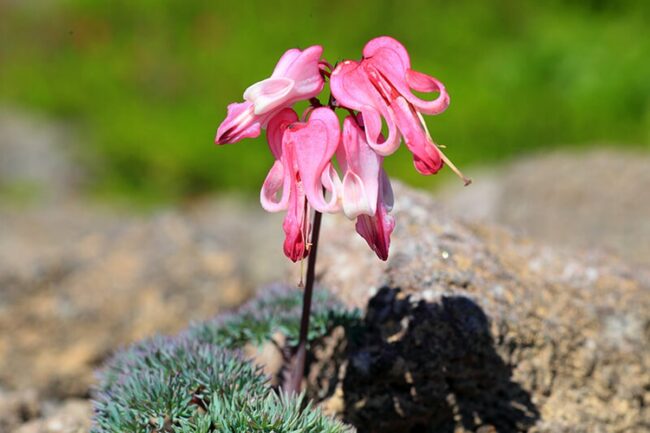
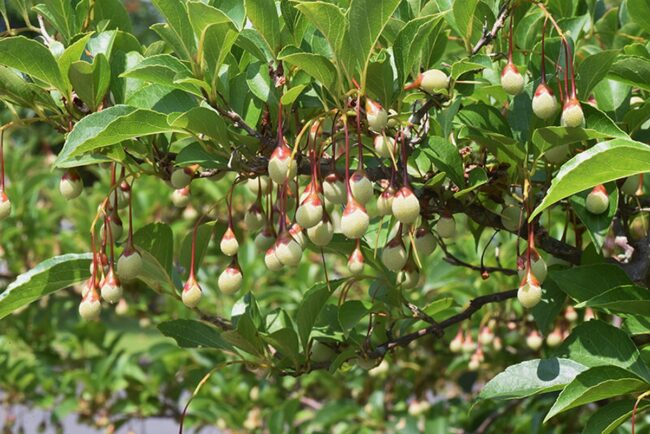
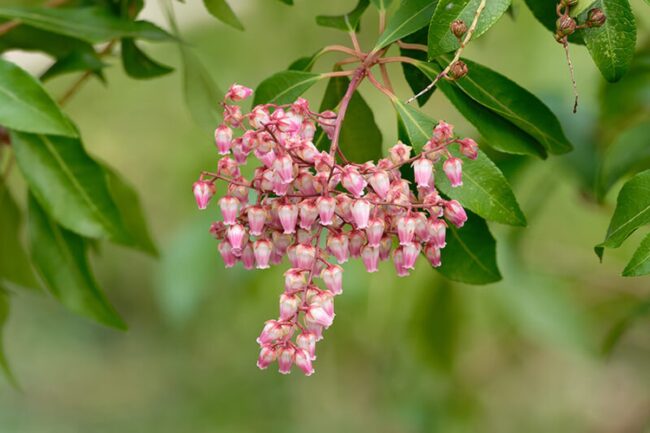
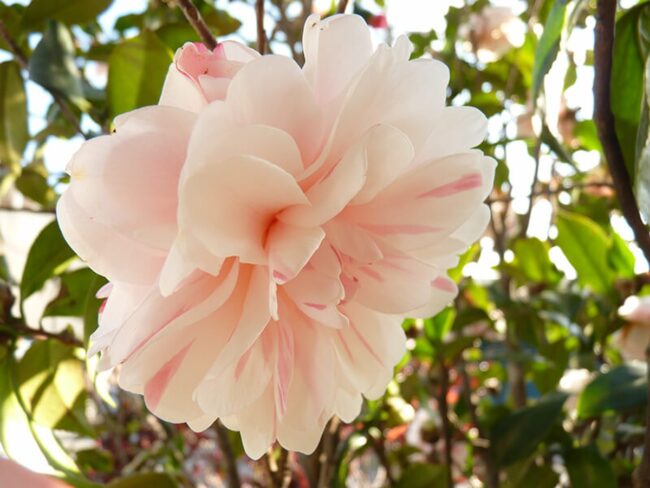
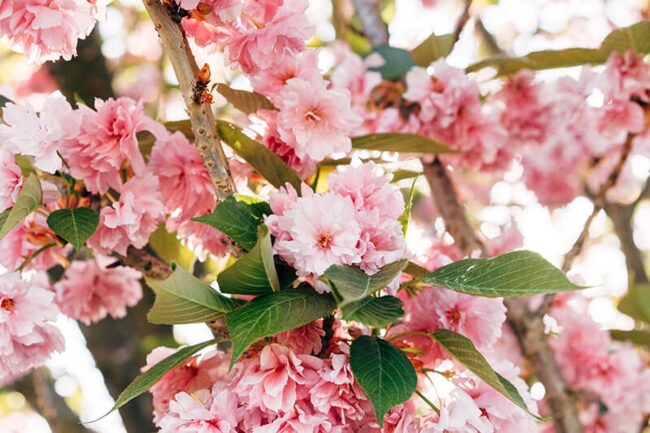
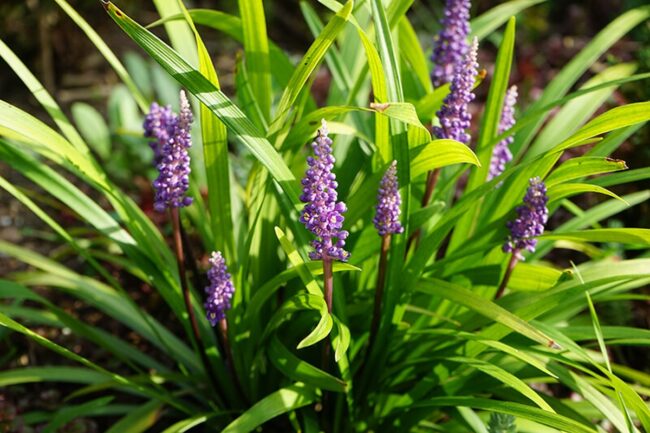
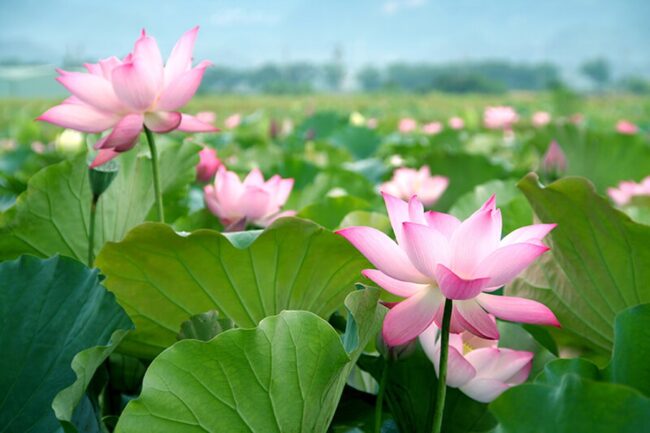
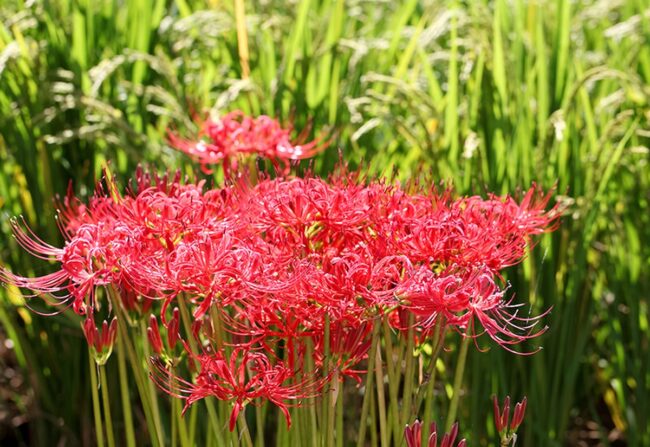
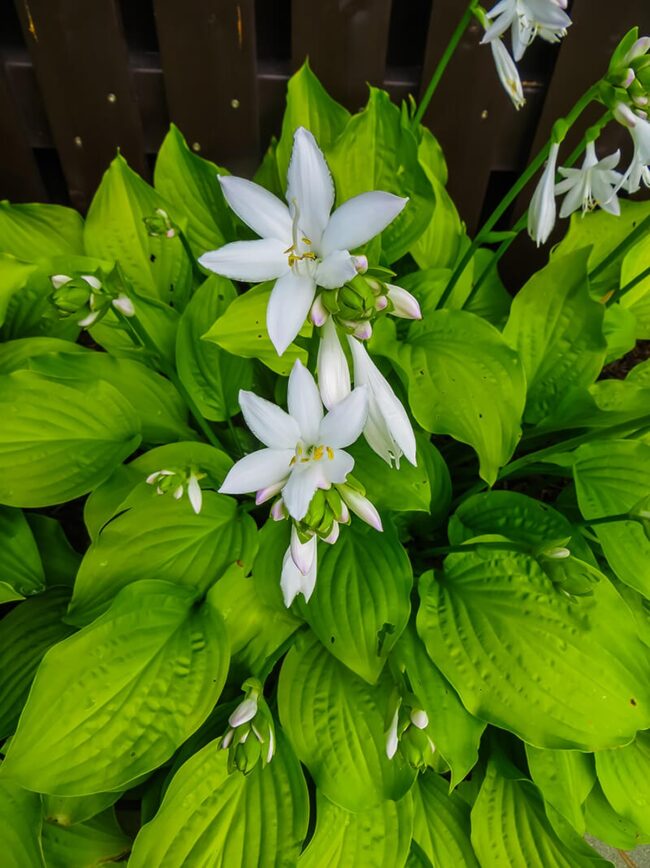

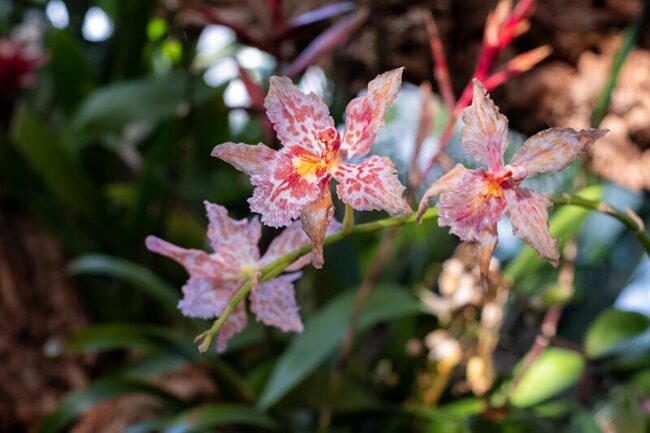
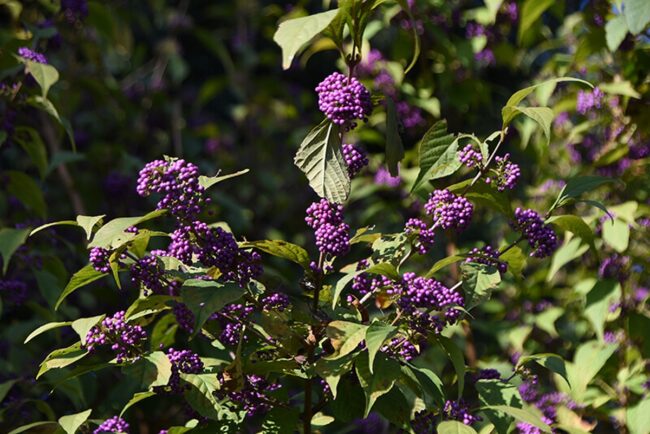
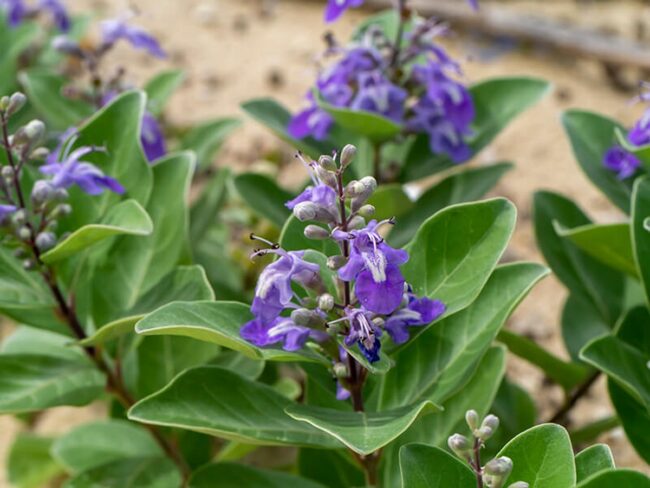
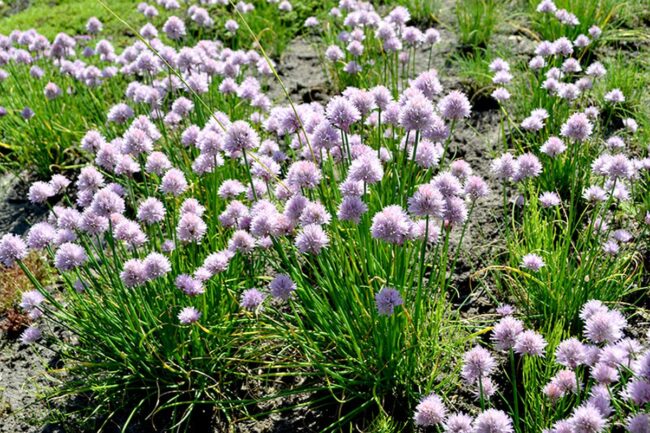
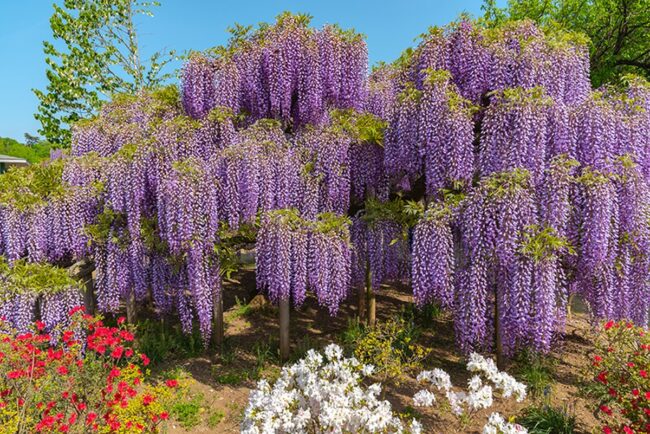
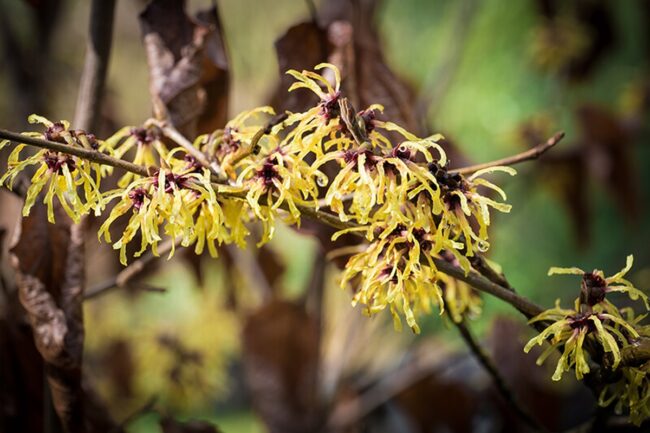
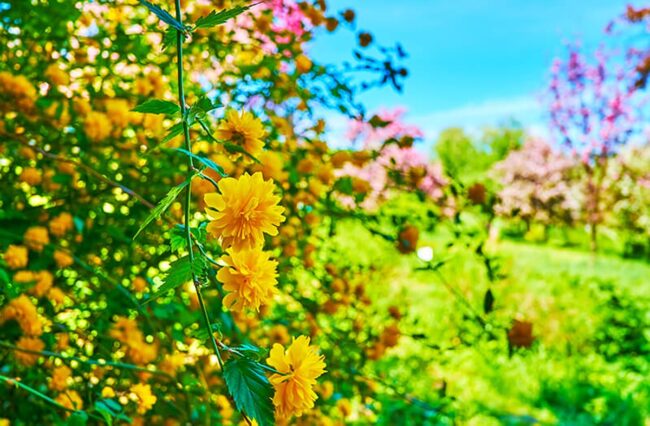


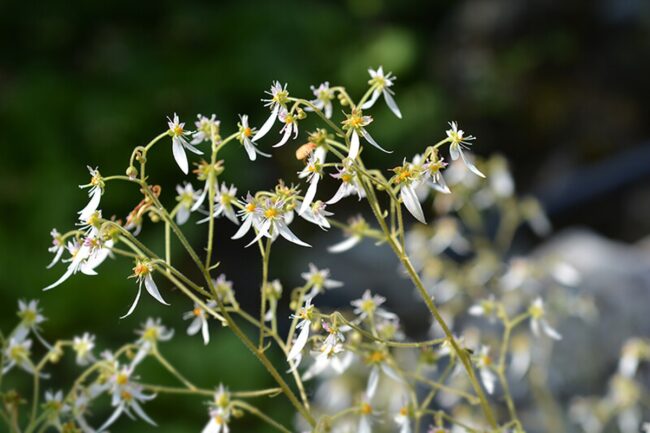
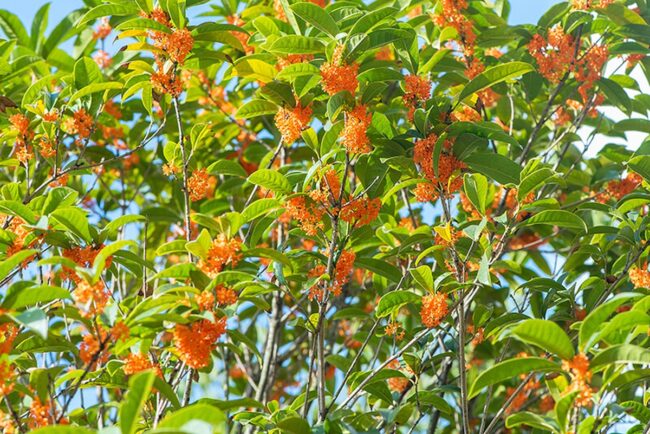
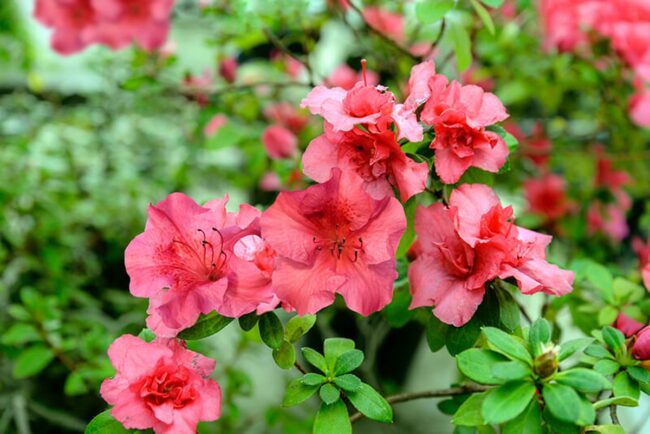
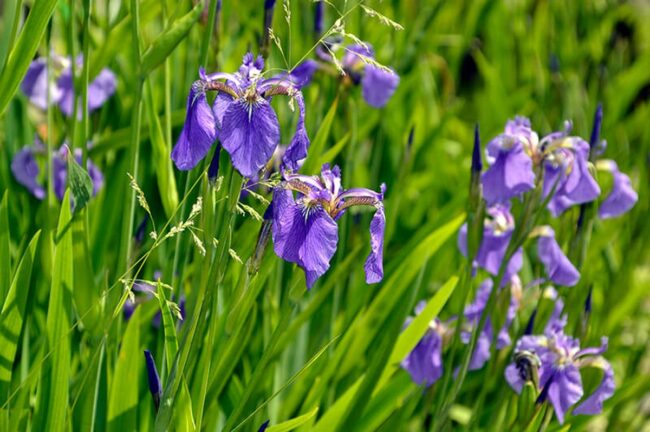
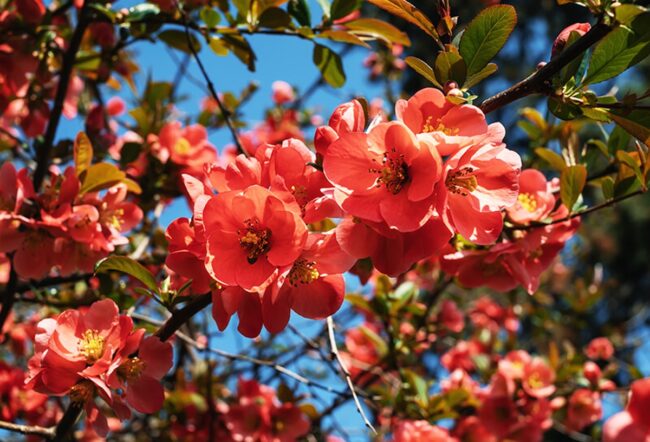
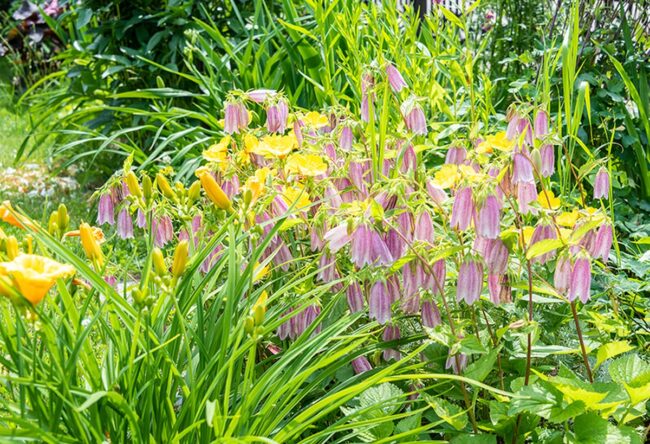
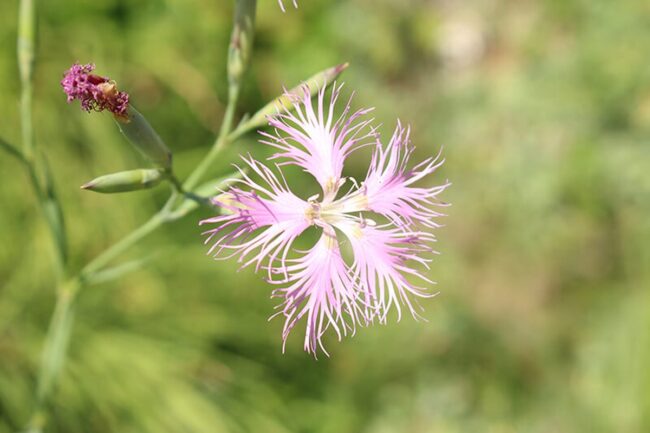

Liam Patel
Senior Editor & DIY Craftsman
Expertise
DIY home decor, interior design, budget-friendly styling, sustainable upcycling, creative crafting, editorial writing
Education
Pratt Institute, Brooklyn, NY
Liam Patel is the Senior Editor at Archeworks.org, where he shares creative DIY and home decor ideas. With a degree in Interior Design and years of experience in home styling, Liam focuses on easy, budget-friendly projects that make spaces personal and beautiful.
Liam’s tutorials, styling tips, and affordable solutions help readers design homes they love. He believes decorating is about self-expression and encourages everyone to embrace the joy of creating.